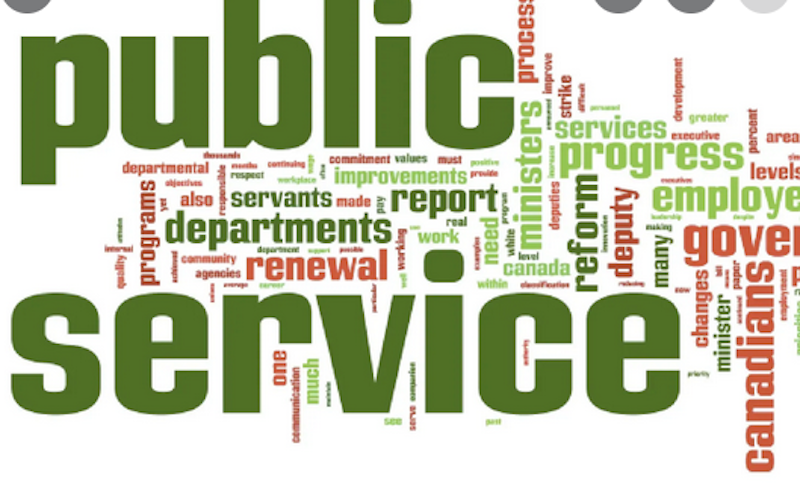Strategic Communications have never been more critical. Organisations must communicate effectively with their stakeholders in a crowded communications world to build trust, manage reputation and inform them of their priorities and objectives. You will develop the skills to scan the horizon for issues and forecast and analyse trends which might impact your organisation – including political, economic, social and technological developments.
OBJECTIVES
By the end of this Strategic Communication: Thinking, Planning and Execution online training course, you will be able to:
- Understand organisational strategy and strategic communications issues
- Define the aim, objectives and tactics of a strategic plan
- Identify research needs and ways to source information
- Categories audiences and design programmes to engage them
- Identify risks and plan to manage them
- Scope what can be evaluated and plan how to evaluate them
COURSE OUTLINE
Why is Strategic Communication Important?
- What is communication important – and what is ‘strategic’?
- It starts with the corporate strategy
- Exploring corporate strategy to define your role
- The place of business and communications plans
- Structures for Communications strategies and plans
- Applying these insights to your organisation
Researching Strategy
- The big picture – analysing trends
- Using SWOT, PEST and PESTLE
- Analysing Opportunities and Threats
- Over the horizon events – early warnings
- Research skills
- Research sources
Stakeholder Communications
- Mapping your regular stakeholders
- Identifying ‘situational stakeholders’ by project and issue
- Planning stakeholder communication activities
- Recognising the need for campaigns
- The skills of negotiation and persuasion
- Stakeholder narrative and messaging
Communications Strategy
- Vision, mission, values and strategy
- Account management and business communications strategies
- SMART objectives
- Creating KPIs and CSFs
- Developing your communications plans
- Consulting on your draft strategy
Evaluation
- Communication – what can be measured
- Gathering and using data
- Making your data gathering plan
- Acquiring the tools – your ‘tech stack.’
- Making strategy happen



